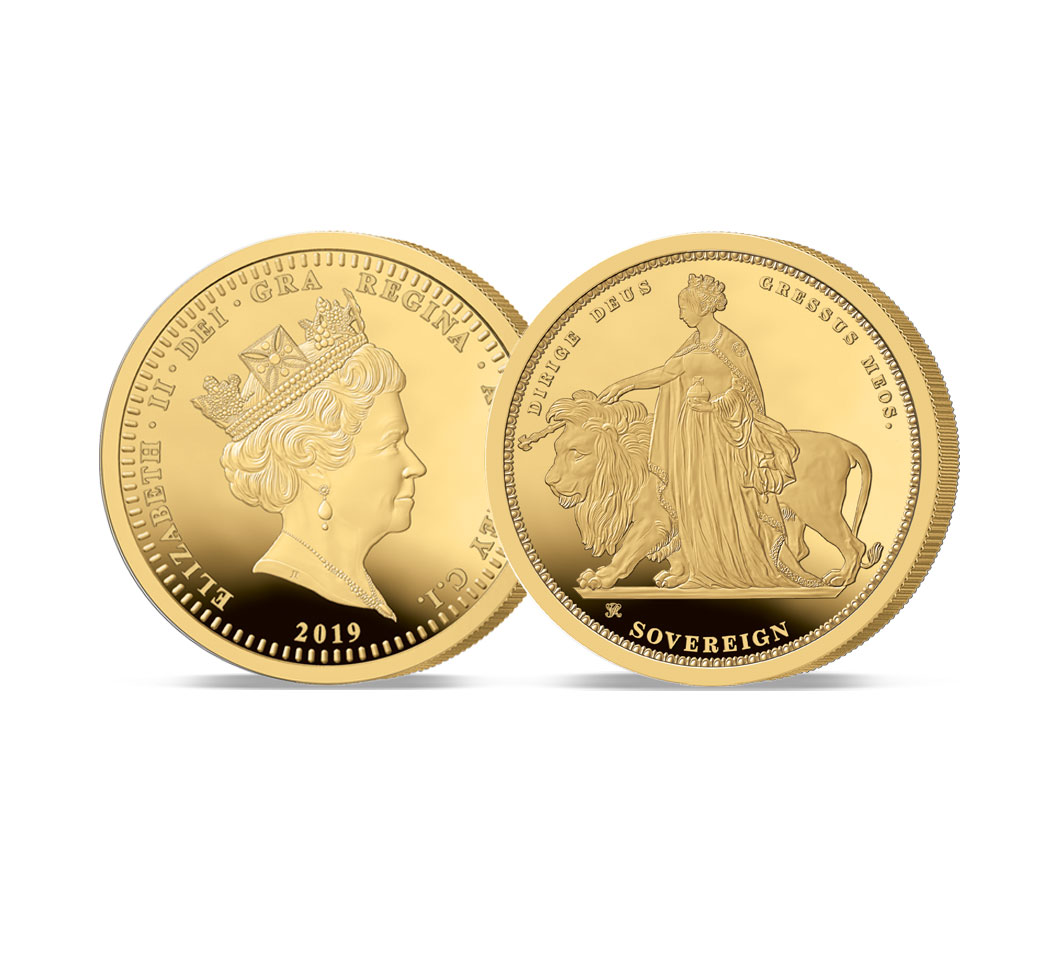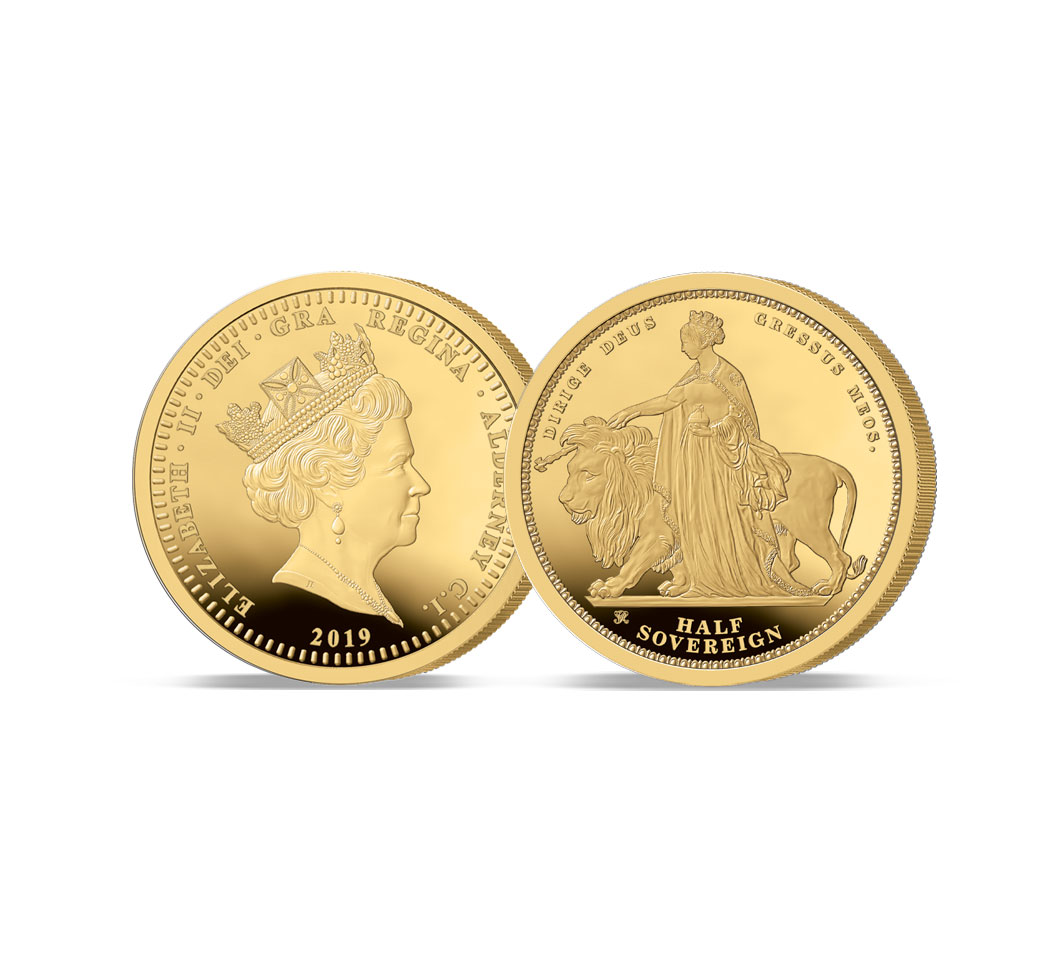There’s one coin in particular though that holds more meaning and beauty than any other, blending fact and fiction to produce what can only be described by many as the world’s most beautiful coin. Una and the Lion.
Remembrance Day: Remembering the Unknown Warrior

Lest we forget…
Remembrance Day is an annual day of reflection and remembrance of those who made the ultimate sacrifice for their country, to ensure the freedom of future generations. In addition to the yearly Armistice tributes, 2020 marks a very significant and special anniversary – 100 years since the centenary of the burial of the Unknown Warrior.
In 1920, following the First World War ending in 1918, the decision was made to honor all those who had lost their lives on the frontline and sacrificed everything during the war. These soldiers never returned home. An unidentified British soldier from the battlefields in France was randomly selected and buried with due ceremony in Westminster Abbey, to represent all those from across the Empire who fell in battle and had no proper burial.
The coffin plate of the Unknown Warrior bears the inscription: ‘A British Warrior who fell in the Great War 1914-1918 for King and Country’. The coffin was then covered with the very flag used by David Railton as an altar cloth during the war. This flag is commonly referred to as the ‘Ypres/Padre’s Flag’, and lay draped over the coffin all the way to the Westminster, where it remained for more than 30 years before being moved to St George’s Chapel.
As we mark the 100th anniversary of this solemn centenary and Remembrance Day, we are commemorating and honoring these unnamed soldiers with our new 2020 Unknown Warrior 100th Anniversary Gold Sovereign range. You can view the range HERE.
And now, on this Remembrance Day, we remember and reflect on all those who have fallen…
The 2020 Unknown Warrior 100th Anniversary Gold Sovereign Range

The nature and scale of the First World War was unlike anything that had been seen before. Large numbers of soldiers fell in the service of their country and have no known grave. To honour these men, and to ensure their sacrifice would be forever remembered, an unidentified British soldier from the battlefields in France was buried in Westminster Abbey, to represent all those who fell in battle and had no proper burial.
The 2020 Pre-Decimal 50th Anniversary Gold Sovereign Range
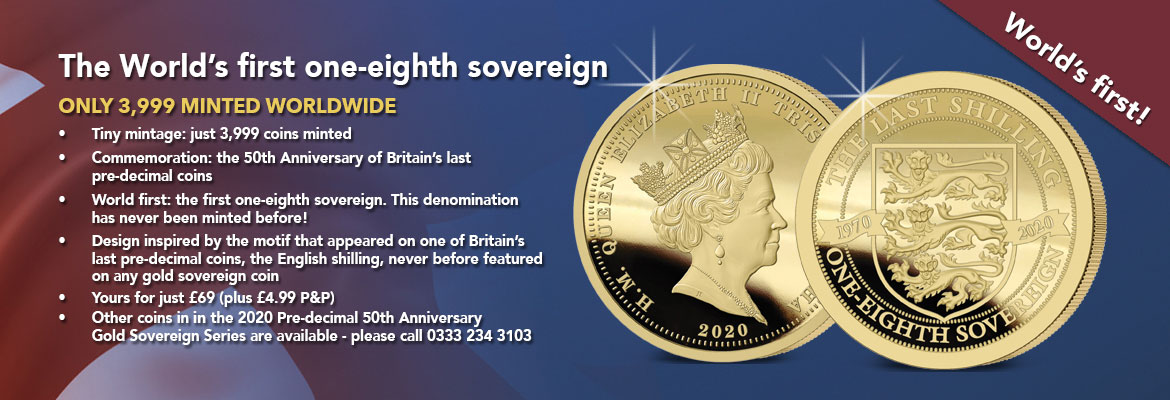
Decimalisation, or Decimal Day as it is most known, occurred in 1971 after the pre-decimal system was deemed too complicated with pounds, shillings and pence. Initially, the plan was to make the new decimal currency into cents and dollars (known more in the USA), but this was reconsidered, and pounds and pence were the chosen coinage.
Timeline of the 200 Years of the British Gold Sovereign
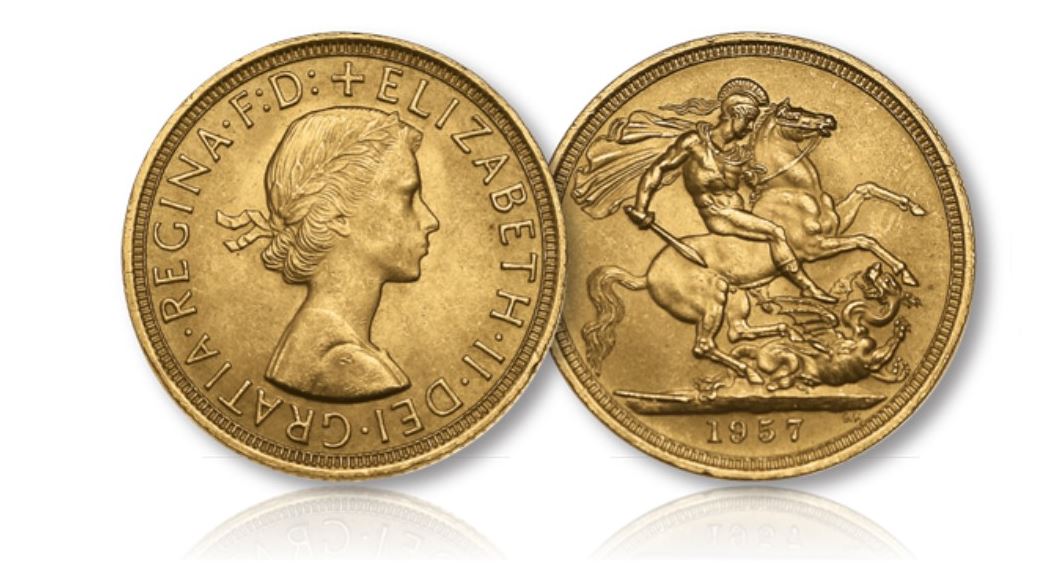
Then in 1817, the ‘new sovereign’ made its debut with a newly imagined design featuring St George slaying the dragon. The new design was created by Italian gem engraver Benedetto Pistrucci and was destined to become one of the world’s most loved coin designs.
Coin Grading – The In’s and Out’s
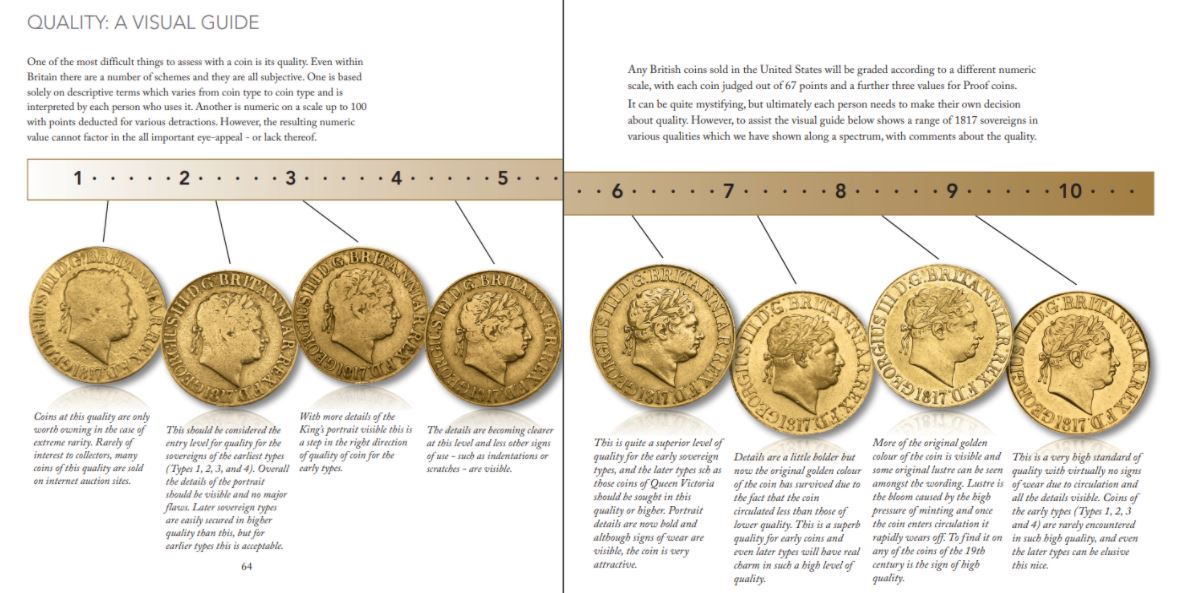
In Britain, the original grading scale classed every coin as either ‘Fine’ or ‘Extremely Fine’ – these were the only options. As times changed, extra steps were added into that scheme: ‘Good’ and ‘Very Good’, both below Fine, and ‘Very Fine’, below Extremely Fine. That created five grading steps, which was even further expanded over time by dealers by adding ‘Almost’ or ‘Good’ to any of those grades, with ‘Almost Fine’ being less than Fine and ‘Good Fine’ being better than Fine, but less than ‘Almost Very Fine’.
For over one hundred years this was the grading scheme in Europe, and it didn’t include the grade ‘Uncirculated’, for the simple reason that it was considered that any coin that came from circulation couldn’t be ‘uncirculated’.

